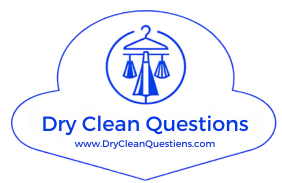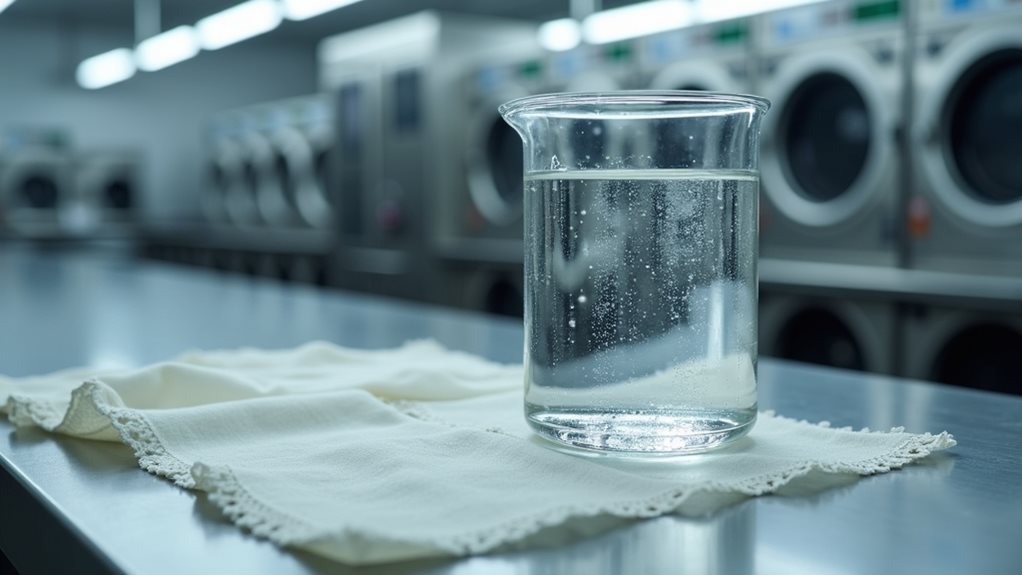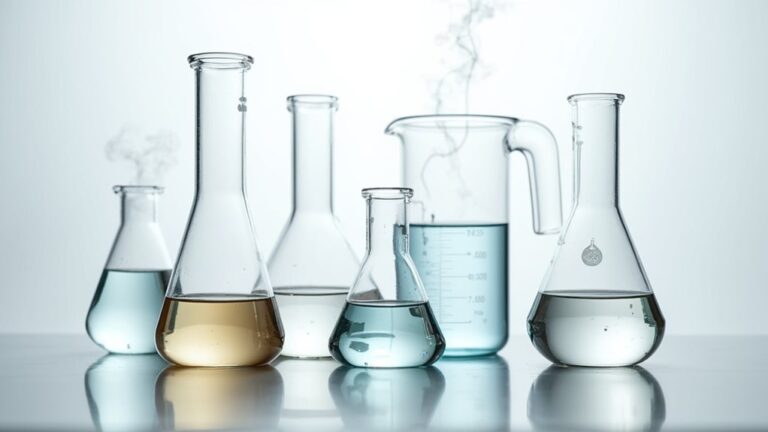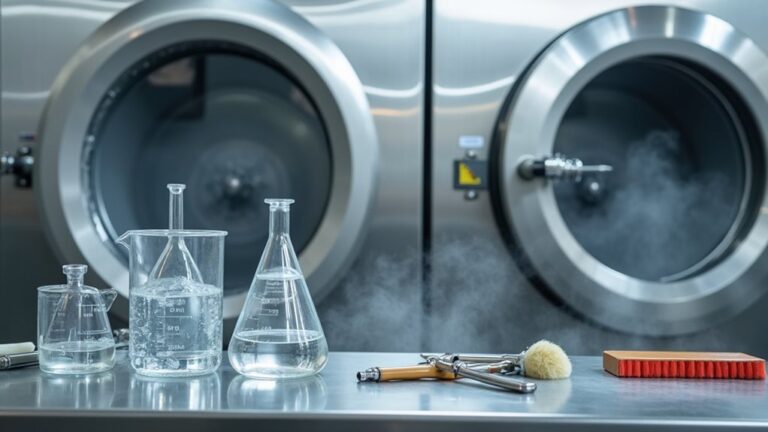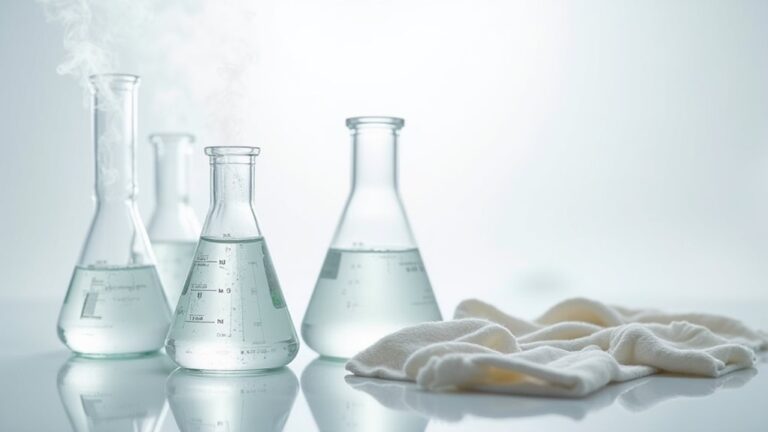When you’re wondering what actually cleans your clothes at the dry cleaner, you’re looking at chemical solvents that dissolve stains without water—primarily perchloroethylene (PERC), which dominates 60-65% of the market despite health concerns, hydrocarbon alternatives used by about 20% of cleaners, or newer eco-friendly options like liquid CO2 and siloxane that’re gaining popularity for their safety profiles. Understanding these different solvents helps you make informed choices about your garment care.
Understanding the Chemistry Behind Dry Cleaning Solvents
When I first started learning about dry cleaning, I honestly thought it was some kind of magic trick – how could clothes get clean without water? 🤔
Dry cleaning seemed like pure magic to me at first – how do you wash clothes without any water whatsoever? 🤔
It turns out the secret lies in understanding non-polar chemistry, which sounds intimidating but is actually pretty straightforward once you break it down.
You see, dry cleaning solvents work because they’re non-polar molecules that dissolve oils and greasy stains without damaging delicate fabrics like water might.
PERC has dominated the industry for decades due to its exceptional cleaning performance, but it’s classified among volatile organic compounds (VOCs) with serious environmental impact concerns.
That’s why alternative solvents like liquid carbon dioxide are gaining traction, offering similar effectiveness through mechanical agitation while improving solvent recovery and reducing health risks.
The key properties that make these solvents effective include chemical stability, non-flammability, and the ability to gently clean various fabric types while maintaining excellent oil and grease dissolution capabilities.
Perchloroethylene: The Industry Standard and Its Concerns
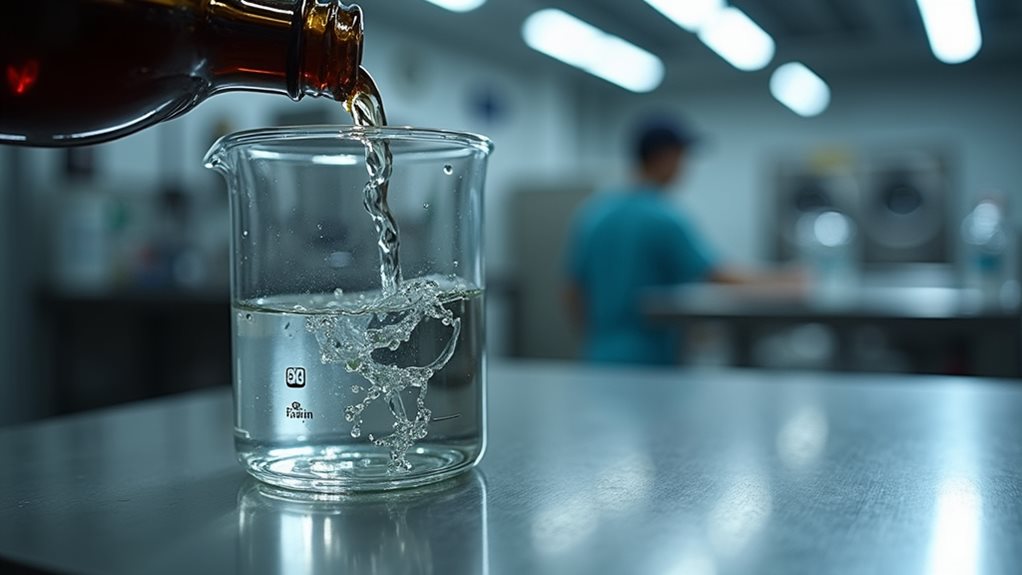
The harsh reality about perchloroethylene – or PERC as we call it in the industry – hit me during my first visit to a traditional dry cleaner, where the sharp, sweet chemical smell made my eyes water within minutes of walking through the door. 😬
Despite accounting for roughly 60-65% of the dry cleaning market in the United States, this powerful solvent carries a troubling reputation as a potential human carcinogen and reproductive toxicant, creating serious health concerns for the hardworking people who handle it daily.
You’ll find that EPA’s regulatory pressure on dry cleaners isn’t just bureaucratic red tape – it’s a necessary response to documented neurotoxic effects and environmental impact.
Communities near these establishments have reported legitimate health risks, pushing the industry toward safer alternatives and cleaner cleaning solvents.
Scientific studies have identified potential connections between PERC exposure and bladder cancer, along with esophageal and cervical cancers, particularly among workers who face regular occupational exposure to this chemical.
Alternative Solvents: From Hydrocarbons to Siloxane
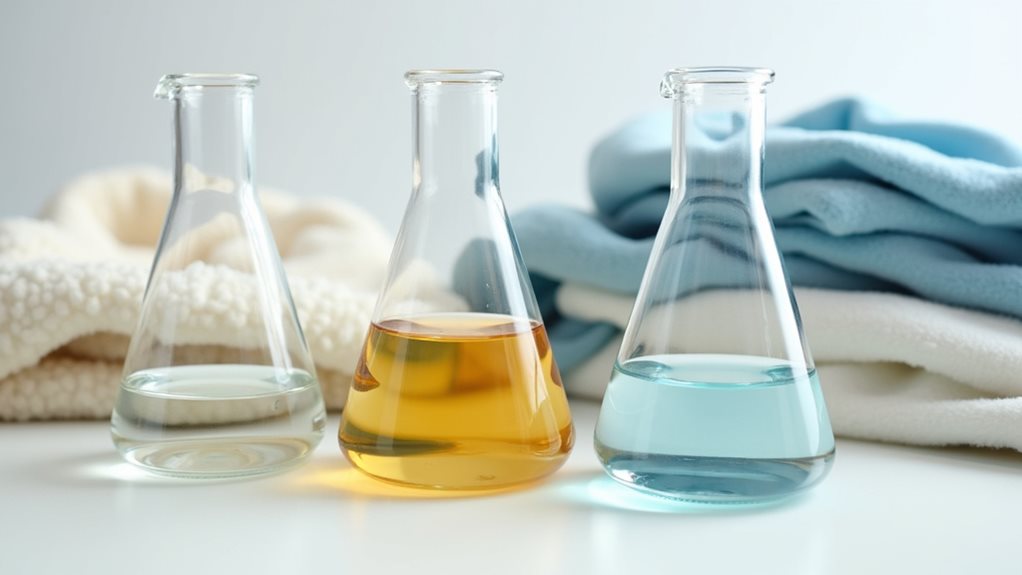
Innovation in dry cleaning has sparked a fascinating revolution in solvent chemistry, and I’ve watched this transformation unfold firsthand as cleaners scramble to find safer alternatives that won’t compromise their cleaning power or damage your favorite garments.
Hydrocarbon solvents, adopted by roughly 20% of dry cleaners, promise environmental benefits but still release volatile organic compounds (VOCs) that contribute to ozone formation—not exactly the health breakthrough we’d hoped for.
Then there’s siloxane, the gentle giant used by fewer than 5% of cleaners, which breaks down into harmless silica and CO2, making it truly biodegradable and safe for your skin.
Unlike synthetic petroleum masquerading as “green,” siloxane won’t fade colors or damage delicate fabrics, proving that sometimes the best alternative cleaning solutions are worth waiting for.
Another promising development is supercritical CO2 technology, which uses pressurized carbon dioxide to dissolve stains without any toxic chemicals or environmental impact.
Environmental and Health Impacts of Different Cleaning Agents
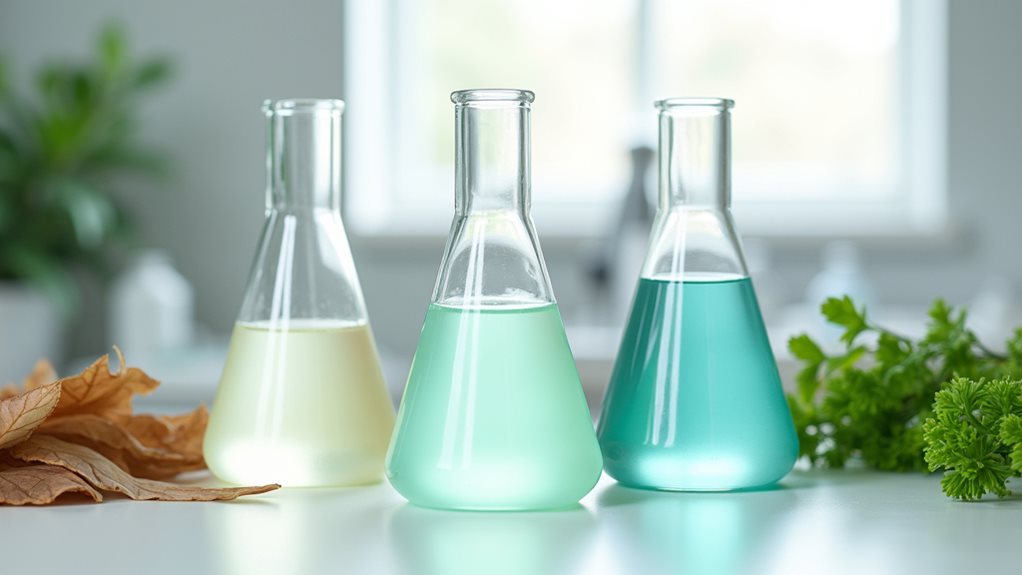
Although I’ve spent years reassuring customers that their clothes would come back fresh and clean, I can’t ignore the sobering reality that traditional dry cleaning solvents have been quietly wreaking havoc on both human health and our environment for decades.
PERC, the industry’s longtime workhorse, creates serious environmental contamination while posing cancer risks through skin contact and inhalation.
Synthetic petroleum, despite its “eco-friendly” marketing, remains a volatile organic compound (VOC) that triggers respiratory problems and contributes to smog formation.
While regulatory mandates push us toward alternatives, even carbon dioxide (CO2) cleaning releases notable greenhouse gases per cycle.
Thankfully, siloxane emerges as a safer and biodegradable option, offering impressive cleaning power without the devastating health and environmental consequences that’ve haunted our industry for far too long.
Workers in dry cleaning establishments face the highest exposure to these hazardous chemicals, but consumers should also be aware that chemical residues can remain on freshly cleaned garments if clothes aren’t properly aired out before wearing.
Choosing the Right Solvent for Your Garment Care Needs
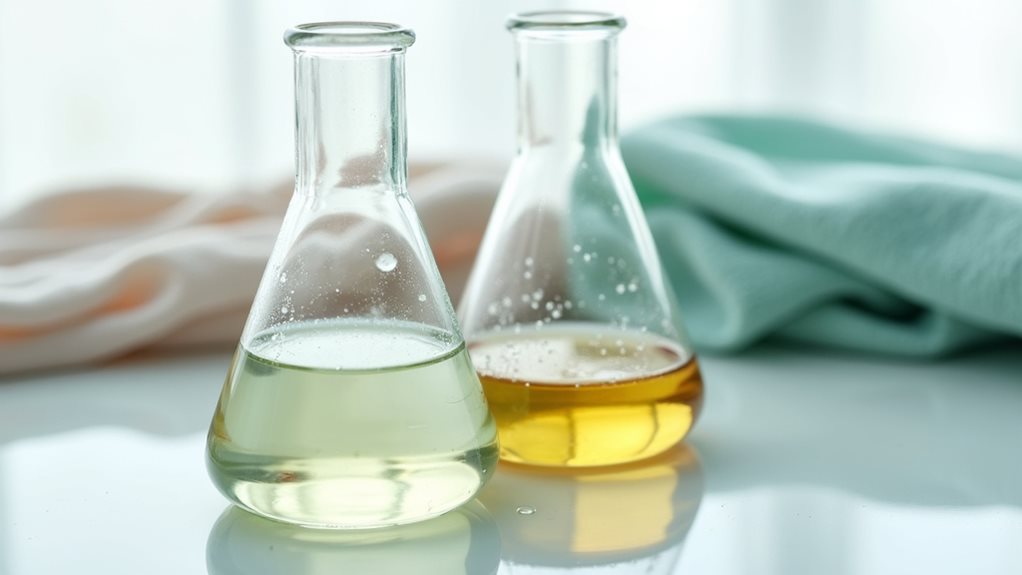
When you’re standing in front of your closet, staring at that wine-stained silk blouse or your husband’s grease-splattered wool suit, the choice of cleaning solvent becomes less about industry jargon and more about saving the garments you actually love wearing.
Reading care labels isn’t just homework—it’s your roadmap to avoiding those heartbreaking “oops” moments.
Here’s your fabric-to-solvent matching guide:
- Silk and delicate fabrics: Choose wet cleaning with specialized equipment over harsh PERC.
- Oil-based stains on sturdy materials: Siloxane offers biodegradable stain removal without color fading.
- Wool suits: Avoid water-based methods; opt for an environmentally friendly alternative.
- Mixed-fabric garments: Professional assessment determines proper solvent usage.
While perchloroethylene remains the most widely used solvent in professional dry cleaning, understanding your options helps you make informed decisions about garment care.
Smart dry cleaning means matching fabric type to the gentlest effective method—your wardrobe will thank you!
